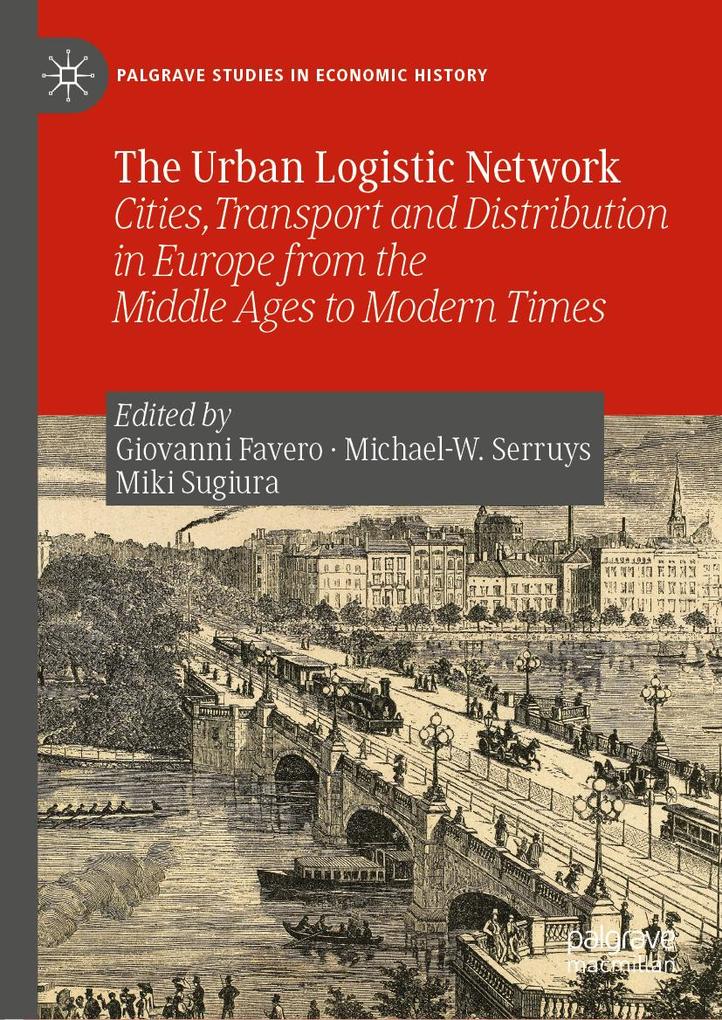
Sofort lieferbar (Download)
This edited collection examines the formation of urban networks and role of gateways in Europe from the Middle Ages to the modern world. In the past, gateway cities were merely perceived as transport points, only relevant to maritime shipping. Today they are seen as the organic entities coordinating the allocation of resources and supporting the growth, efficiency and sustainability of logistics (including both the transport and distribution of goods and services). Using different historical case studies, the authors consider how logistics shaped urban networks and were shaped by them.
Inhaltsverzeichnis
1. Introduction. - 2. Gateway of Gothenburg. - 3. Bordeaux from Its Vineyards to Its Hinterland: A Regional Capital in the Late Middle Ages. - 4. Urban Networks on the Move: The Austrian Netherlands Transit Policy and the Development of the Belgian Urban Networks in the 18th Century (1705-1793). - 5. Persistence and Evolution in the Eastern Sicilian Coastal Corridor: The Mobility of Goods and People at the Port of Catania (1817-1860). - 6. Bridging the Gap: The Belfast-Dublin Railway Corridor in the 19th Century. - 7. Urban Network and Economic Policy: The Milanese Case during the Spanish and Austrian Age. - 8. The Construction of an Inland Gateway: Milan in the Early Modern Period. - 9. Gateways as Intermodal Nodes in Different Ages: The Venetian Region, 18th to 20th Centuries. - 10. The Flaxseed Trade between Courland and Brittany in the 18th Century. - 11. Ports and Their Functions: Some Reflections about Preindustrial Logistics. - 12. Tracking Waters: Small Cities Transport Network of Early Modern Friesland.
Produktdetails
Erscheinungsdatum
20. November 2019
Sprache
englisch
Seitenanzahl
253
Dateigröße
7,22 MB
Reihe
Palgrave Studies in Economic History
Herausgegeben von
Giovanni Favero, Michael-W. Serruys, Miki Sugiura
Verlag/Hersteller
Kopierschutz
mit Wasserzeichen versehen
Produktart
EBOOK
Dateiformat
PDF
ISBN
9783030275990
Entdecken Sie mehr
Bewertungen
0 Bewertungen
Es wurden noch keine Bewertungen abgegeben. Schreiben Sie die erste Bewertung zu "The Urban Logistic Network" und helfen Sie damit anderen bei der Kaufentscheidung.









